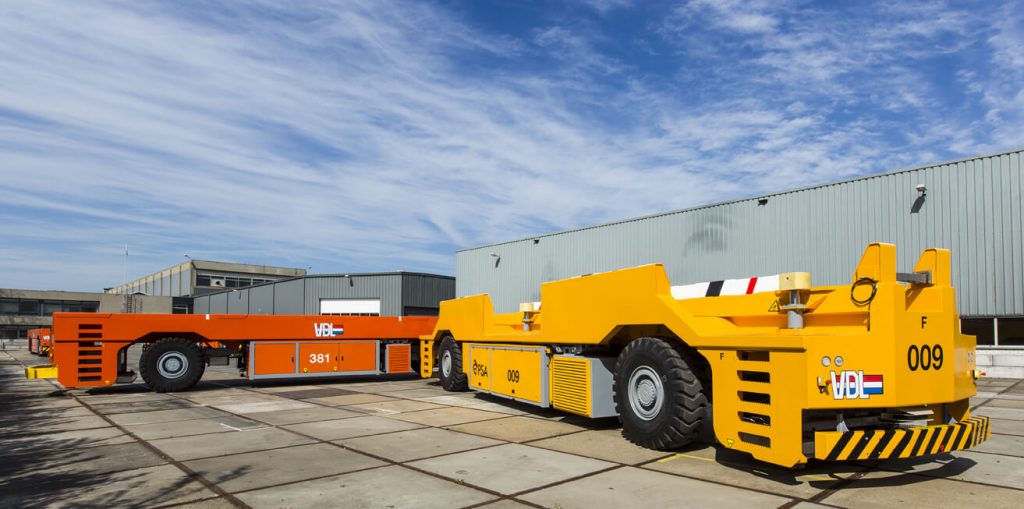Grand View Research recently published new findings regarding the global Automated Guided Vehicle (AGV) market, predicting an impressive Compound Annual Growth Rate (CAGR) of nearly 16% from 2019 to 2025, based on what they defined as a market worth of nearly $2.5 billion in 2018.
In our view, the AGV market, which continues to thrive, is important to watch as we work towards autonomous vehicles outside of factories and warehouses, that move on public streets to carry people and things from point A to point B.
AGVs have demonstrated improvement of business operational strategies by increasing efficiency and reducing the costs of operations for warehousing, supply chain and logistic companies. They have been extremely successful in addressing repetitive material handling tasks, augmenting staff, and freeing staff to spend time on higher value work, including customer service. The return on investment (ROI) has the potential to be significant when considering implementing AGVs in an industrial business operation.
AGVs are cooler than you may think. They come loaded with smart sensors, safety devices, location-based software, and enable companies who need to “move the molecules” to do so faster, more safely and more cost-efficiently than ever.
“Tasks such as material handling, pallet handling, and finished product handling tend to involve safety concerns,” the Grand View report says, adding “Some material handling and pallet handling operations, particularly those requiring workers to handle heavy and bulky goods, are often labor-intensive and involve safety hazards. Deploying automated guided vehicles on such tasks can help avoid potential mishaps or accidents and ensure safer operations.” This approach also has the potential to decrease a company’s litigation risk and simultaneously increase profit margins.
Grand View also stated, “Although high initial costs can be a major concern for those considering deployment of automated guided vehicles, these high initial costs can translate into a high return on investment (ROI) in the long term. For instance, deploying five AGVs in three shifts can lead to potential savings worth USD 1.56 million during five years of operation. Moreover, the ROI can be realized within 16 months.” Again, the capital cost of investment in deploying AGVs in a business operation strategy can be translated into significant cost savings and larger profits.
What can we learn and apply to the much larger global autonomous vehicle market which is expected by Statista Research to generate a $60 billion market by 2030?
- Success takes an ecosystem, with orchestration of hardware, software and services.
- Small test implementations can identify larger challenges which can be solved as part of “proof-of-concept” deployments: start small, reduce risk, grow big.
- Improvements are always possible; for example, “vision technology” is poised to drive even more success in the AGV market and is fundamental to steady growth for the global autonomous vehicle market.
- Benefits are more important than features in creating the business case for investment; in the case of AGV benefits these would include productivity, safety, accuracy, and the reduction of waste and risk.
- While a global strategy is good, concentrating on specific regions drives an overall industry efficiency; with lessons learned, improvement in systems, we can “land and expand.”
- The integration of fail-safe systems that has been protected to prevent cyber security issues and software failures is a must to sustain significant growth in this sector. Without these safeguards, there will be recalls initiated by the National Highway Traffic Safety Administration (NHTSA), which will cost money and ultimately reduce profit margins for the vehicle sector.
The start of 2020 ushers in an exciting year to come across every segment being improved by connected systems, through the IoT and Industrial IoT initiatives that companies are striving to achieve. At Rocket Wagon Venture Studios, we believe in the concept of “cross-pollinating” between our studios and strategic advisory services as experience can be transferred from one industry to another, leading to insights that can reduce risk, time and expense, and support the success of solutions in a collective and collaborative way.


